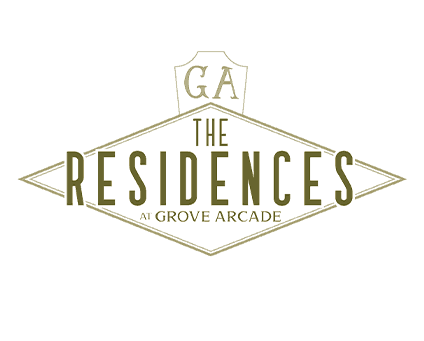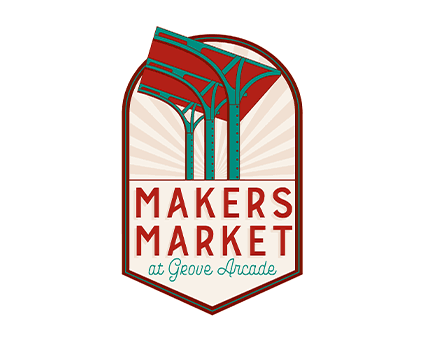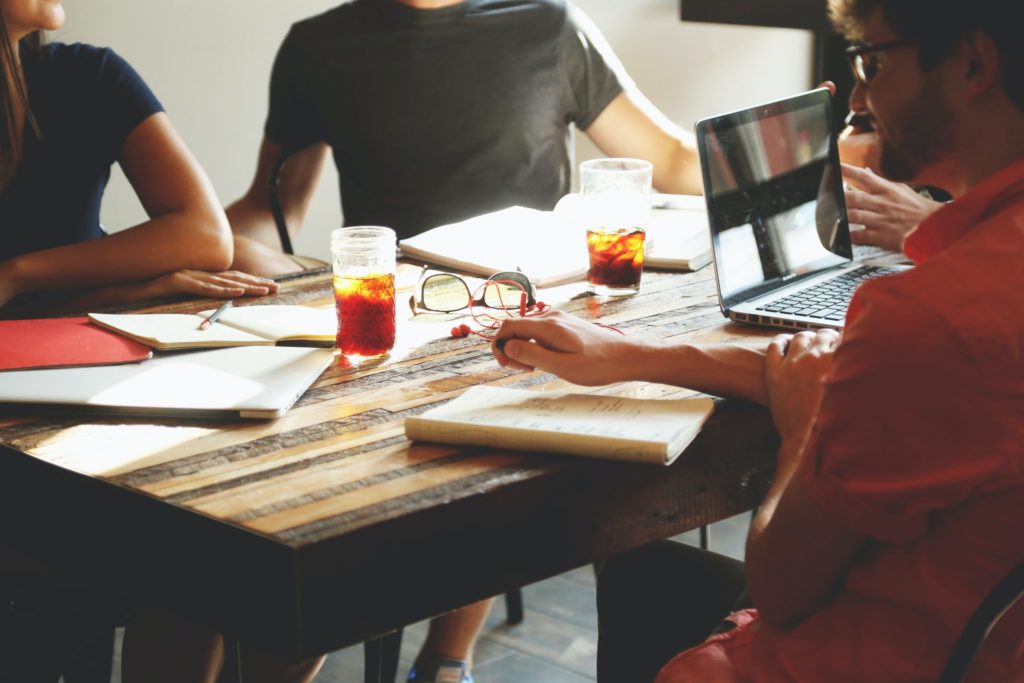What Are Mixed-Use Properties?
Framing Your Marketing Efforts
Often when marketing mixed-use properties, you will have a wide range of target audiences. This can include both B2B and B2C targets (business-to-business and business-to-consumer, respectively) for various conversion possibilities, such as consumers looking to buy apparel, consumers looking for dinner, businesses looking to lease retail space, businesses looking to lease office space, people looking for an apartment to live in, groups or businesses looking to utilize conference space, etc. That cannot happen in one campaign or with one single strategy alone. So how does it get done?
Here are 4 proven-strategies to help you successfully market mixed-used commercial properties.



1) Cohesive but Separate Branding

2) Integrated Marketing Campaigns
Integrated marketing is to reach your target markets from as many angles as possible on as many relevant channels as possible. Your target audiences should be seeing your brands from a variety of places, and multiple times. This works best on digital, which will help make it much easier to identify what digital tactics create a positive ROI and what are not. Integrated marketing includes optimizing and using all social media platforms, working on SEO and writing blogs, sending newsletters or utilizing email marketing, running PPC campaigns, utilizing other digital marketing technologies such as geofencing, developing landing pages, having a strong website and analyzing the web traffic, building relationships with the press, collaborating with complimentary properties or brands, and so much more.
A Holistic Approach
Each of these strategies, especially the digital ones, should be interconnected. Make sure you are using the same branding and messaging and diversifying the format for every channel. For instance, if you have an event, design a brand for it and then create a FB event page, promote it on all social platforms, send newsletters, write a blog post, run a digital advertising campaign, partner with your tenants on the event to have more brands promoting with you, and make sure you have a dedicated landing page to drive those clicks to conversions. This integrated approach works best when you bring it home with a specific conversion metric to measure success.

3) Establishing Clear KPIs & Conversion Tracking
That brings us to creating your KPIs, or key performance indicators. We can say for most of you, your ideal conversion is having a consumer come through the doors, whether that is to shop or dine, tour a living space, or looking to lease a retail or office space. So how can we capture that metric and relate it back to our campaign. Fortunately, there are a few ways to do this, but it works best to combine each of these strategies.
The first and most accurate way to calculate ROI would be collaborating with all of your merchants on sales data. Understanding the correlation between your campaigns and increased or decreased sales will not only allow you to calculate ROI, but will tell you the best story of what marketing strategies make the most money. Secondly, install door counters. We have worked with Density.io to do this with Grove Arcade, and this allows us to compare campaign data with foot traffic to measure campaign success. There is a wealth of data that door trackers allow you to utilize, such as popular times of day and day of week, popular seasons and times of year, popular entrances or common areas, and so much more. The third way to set up a conversion metric would be through geofencing.
There are a plethora of digital technologies that can utilize geofencing to pair with your digital marketing strategies to understand how many of your ad viewers or engagers converted and visited your property. In addition to acting as an additional conversion metric, it can also help you capture additional data on your visitors and conduct remarketing strategies to increase return visitation.
Pairing all three of these conversion metrics will tell the best story about your marketing success, return on investment, and planning for the future.

4) Collaborate With Tenants
Our fourth, proven mixed-use property marketing strategy is collaboration with people and businesses in the property. Your tenants, merchants, shop owners, restaurant owners all want to see success as much as you and have their own marketing strategies in play. While it takes a lot of effort and organization, overall collaboration with your tenants will increase success for everyone.
We suggest creating a tenant marketing committee that is organized by a member of the property’s marketing team with a board of your shop owners to discuss and collaborate on marketing strategies and to ensure their voices are heard. You should collaborate by having them tag the location and property social media pages on all social posts, sharing photo and video content amongst a shared file such as Google Drive, collaborating on promotions and events through a group communication platform such as Facebook or GroupMe, sharing budgets for media buys, and there are so many more. Set up a system of communication on marketing with your tenants and not only will you keep your tenants feeling heard and happy but you will all see a growth in the success of your marketing campaigns.
Combining it All Together
While these four strategies seem fairly simple, organizing and executing them takes time, effort, and experience. We recommend working with an outside organization, such as ourselves at Dolo Digital, to organize and execute this for your property.

